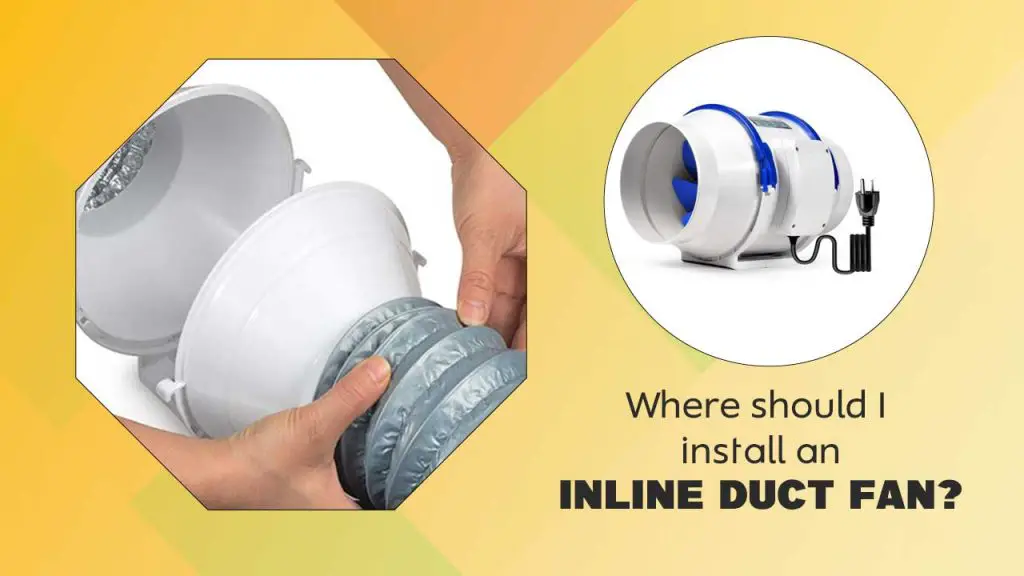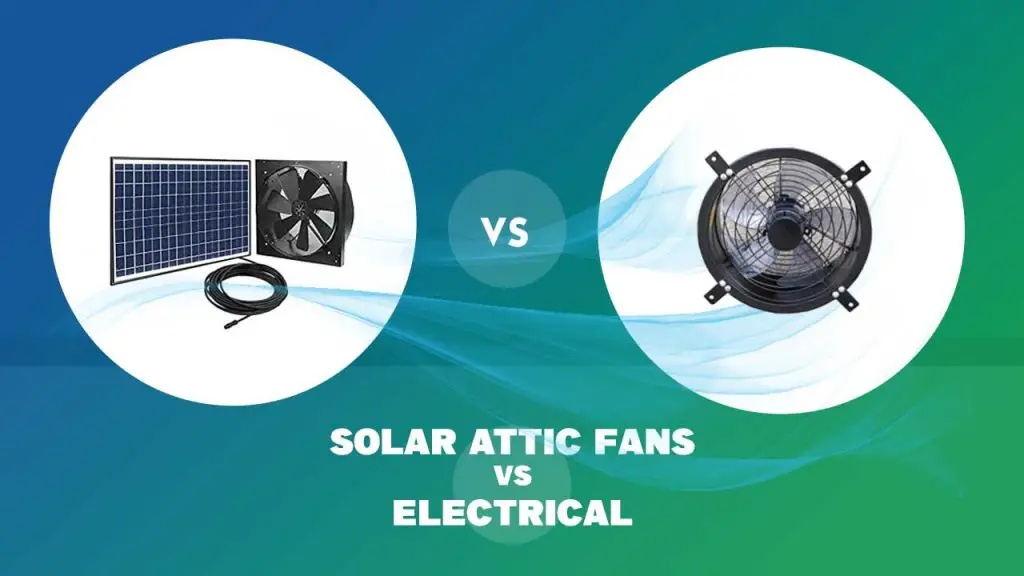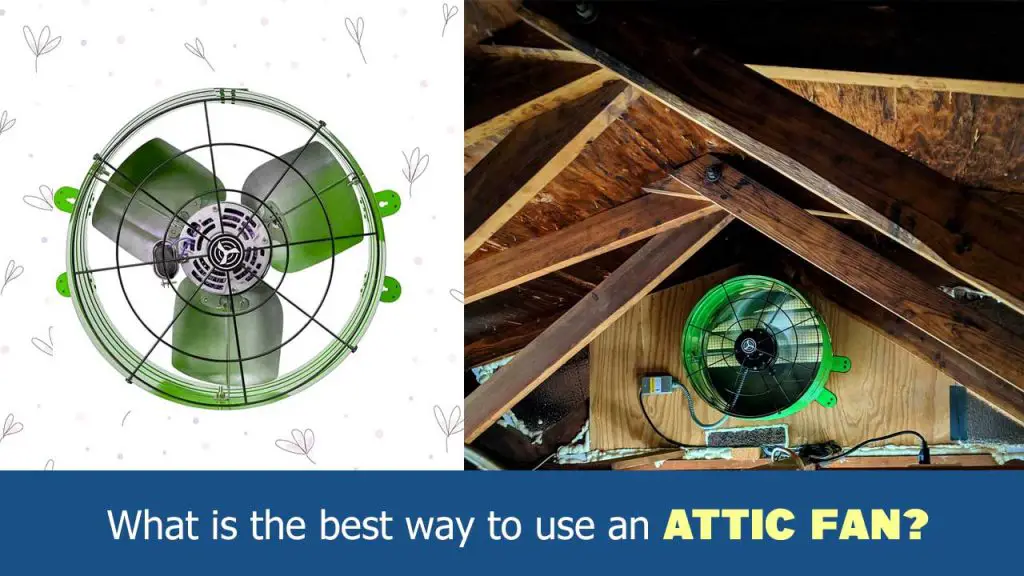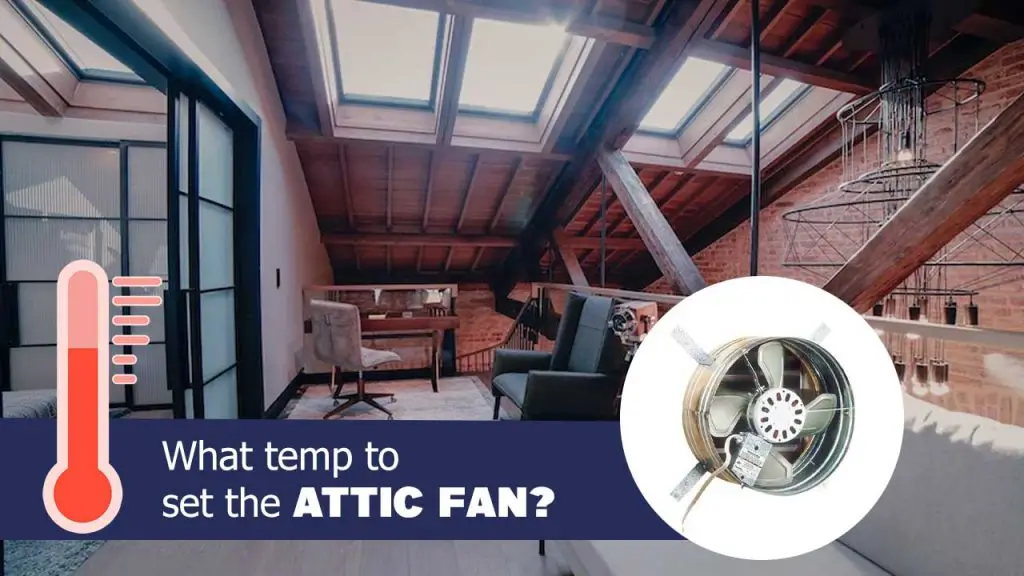When you have problems with the impact of your central HVAC system, or you’re not just getting sufficient airflow through the duct to all parts of your home that need it, an inline duct fan may just be what you need to boost airflow and make things better.
An inline duct air has the capacity to push air from the central cooling or heating system to distant rooms.
As important as it is, installing an inline duct fan the wrong way can cause some problems for you and your household. This is why you must pay close attention to installing an inline duct fan.
As it involves a lot of technical processes, including opening up your ductwork and ceilings, most people tend to leave this installation work to HVAC experts, and rightly so.
The thought of going into the ceiling to install a machine doesn’t sound appealing to many homeowners.
However, if you’re looking to soil your hands or showcase some of your technical skills, taking up the challenge may not be such a bad idea. Perhaps, this guide is for you. We’ll tell you how and where to install your inline duct fan to avoid trouble.
Where Should I Install An Inline Duct Fan?
An inline duct fan should be installed in your home’s duct. You should install the inline duct fan close to the end of a long stretch of ductwork.
This position is best suited to allow the fan to push the air coming from air conditioners or furnaces from one end to other parts of the ductwork and into distant rooms and spaces.
But, you should also be conscious of wiring. The power cord of an inline duct fan is traditionally connected to a metering device which is also attached to the ductwork. The distance between the duct fan and the metering device must also be considered.
The general rule of thumb is to install the duct fan about 10 feet from the very end of the home’s duct run, while the metering device is placed around 4 feet- slightly more or less- from the duct run’s end.
You’d need to cut out a part of the duct to fit the duct fan and then seal it up afterwards to prevent leaks and drafts. This cutting is necessary unless you’re going to install the fan right at the end of a duct.
Should An Inline Fan Push or Pull? Why?
An inline duct fan pushes air rather than pulls it, at least in most cases. It is different from an exhaust fan that’s usually designed to pull air from the duct and expel it out of the house.
An inline duct fan pushes air, and that’s why they’re strategically positioned close to the end of the duct to effectively push most of the air conditioning or furnace sends into the duct to the different parts of the house.
Pushing is also better because these fans are propulsive in design and there’s much more force to send the air to distant rooms than when the fan pulls.
Different fan sizes have different speeds and airflow capacities. With speed controllers, the force of the air can be controlled to either be more or less.
At the end of the day, propelling tends to wield more flow power than a pull. In practice, fans work by pulling and pushing air. So, the duct fan pulls air from behind it and pushes it forward.
How Far Can You Duct an Inline Fan?
It mostly depends on the type and size of the fan. Smaller, low-power fans may only be able to perform in ducts that run for 1.5 to 4 meters. On the other hand, there are larger units that can work well in ducts surpassing 6 meters in length.
The general rule is not to over-push the fan, especially if the ducting has some bends and edges which can disrupt airflow and cause resistance.
Furthermore, higher pressure fans like centrifugal fans would naturally work better in a longer duct run, but knowing the actual figures requires knowing the system’s pressure and resistance.
Truth is, anything in the airflow’s path amounts to resistance. You need to pay attention to these obstacles, including filters, bends, grilles, curves and even straight lengths.
Whatever has been put in the duct can affect the amount and rate of airflow. Our advice is that you try and look beyond axial fans when your duct run is beyond 1.5 meters.
What Is Inline Fan Max Duct Length?
Again, depending on the type and capacity of the fan, this can be anywhere from 1.5 meters to as much as 6 meters or more. Some industrial fans can go as far as 10 meters as well.
The aim is to ensure maximum airflow and good results, so it’s best not to overstretch your fan. Within this same maximum duct length of 6 meters, on average, you must also ensure that the duct doesn’t have more than two bends.
Otherwise, airflow will be affected. This means that a 3-meter duct should also not have more than a single bend if you desire the best results.
In cases where the duct runs longer than 6 meters (except you have a fan bigger than 12 inches), you may have to use multiple fans and run a different duct for each fan.
How To Install An Inline Duct Fan?

Like we said earlier, installing an inline duct fan can be such a technically complex process.
However, if you’re skilled at mechanical, electrical and HVAC systems and you fancy a DIY, you should be able to pull it off. Here’s a simple step-by-step guide on how to install an inline duct fan.
- Choose the right spot for installation; for both the inline duct fan and the metering device. It should ideally be 10 feet to one end of the duct run (for the duct fan) and 4 feet to the same end (for the metering device).
- Cut the duct to allow for insertion of the inline duct fan. This depends on the type of ductwork you have. A flexible duct can be easily cut open (along with its inner lining) with a simple knife. The inner support wires should be cut using a wire cutter. On the other hand, a metal duct can be cut to size using aviation snips.
- Place the fan in the section you have cut out for it.
- Ensure the fan is firmly secured to the duct. Where it’s a flexible duct, a metal-backed duct tape with a duct strap should do the trick. Also ensure that the duct’s flex outer liner is pulled over the duct fan and secured with a duct strap. For metal ducts, use metal-backed duct tape along with sheet metal screws. Drive the screws into the connection band of the duct using an electric drill.
- Attach the metering device to the duct following the manufacturer’s instructions. You’d naturally use duct tapes for flexible ducts and screws for metal ducts.
- Connect the inline fan’s power cord to the metering device’s receptacle. It should normally require a simple plug-in.
- Power the metering device by plugging it into a circuit-breaker controlled electrical receptacle.
How Do You Wire an Inline Duct Fan?
The process of wiring an inline duct fan is already largely explained in the previous section.
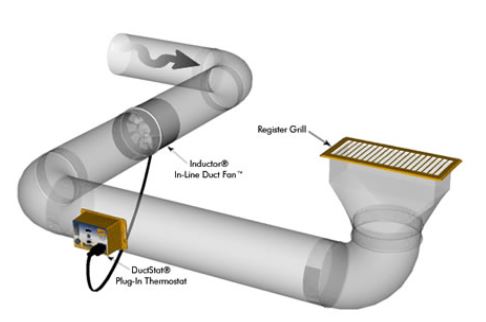
The above diagram provided by esp energy shows what this would look like. It is that simple because your inline duct fan should naturally come with a power cord for connecting it to a power source and the metering device provides the best option.
There are three steps to follow, beginning with attaching the metering device to the duct following the manufacturer’s instructions and using duct tapes for flexible ducts and screws for metal ducts.
The next step is to connect the inline fan’s power cord to the metering device’s receptacle. It should normally require a simple plug-in because your fan should have a plug that should go into a 110/120 volts AC.
Lastly, power the metering device by plugging it into a circuit-breaker controlled electrical receptacle.
Final Words:
Again, you must understand that installing an inline duct fan is a complex process that involves knowledge of HVAC systems, ductwork and electricity.
We highly recommend you invite a professional to handle it. But, if you must embark on DIY, then this guide is comprehensive enough to walk you through the process.
| Photo | Title | Buy |
|---|---|---|

|
LEVOIT Air Purifier for Home & Bedroom - For Allergies and Pets Hair | Check Price On Amazon |

|
BREEZOME 60 OZ Quiet Dehumidifiers for Home, Dual-Semiconductor | Check Price On Amazon |

|
AquaOasis™ Cool Mist Quiet Ultrasonic Humidifier for Bedroom & Large room | Check Price On Amazon |

|
43.3'' Portable Air Conditioners, 3-IN-1 Evaporative Air Cooler w/Remote | Check Price On Amazon |

|
BlueDri BD-AS-550-BL Negative Machine Airbourne Cleaner HEPA Air Scrubber | Check Price On Amazon |

|
Space Heater, VCK 24" 12ft/s Fast Quiet Heating Portable Electric Heater | Check Price On Amazon |
